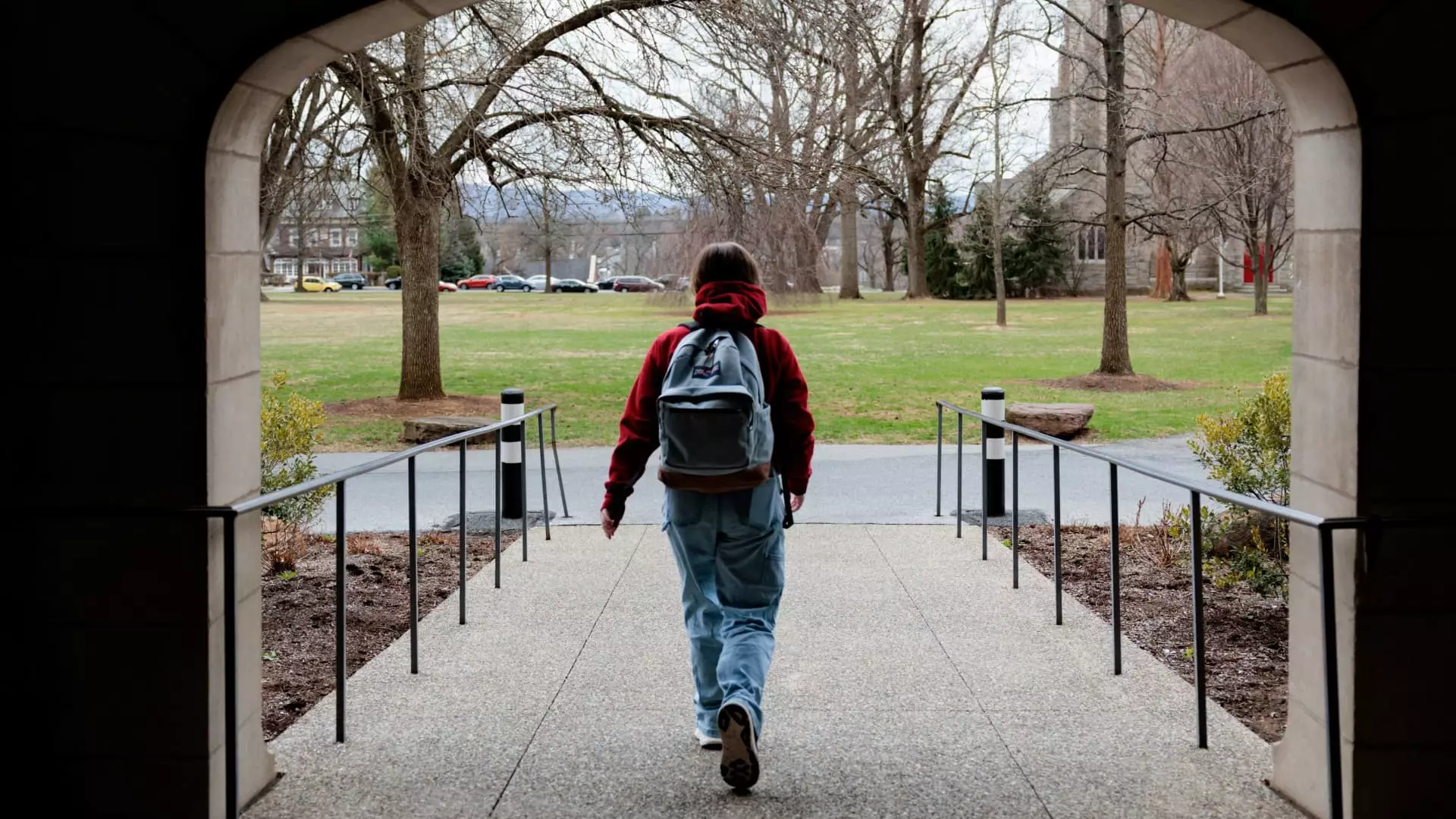For years, millions of federal student loan borrowers have been lulled into a false sense of security, believing that their debts were temporarily frozen under the guise of a pandemic-era pause. The “interest-free” respite, a carefully orchestrated political maneuver, has shielded borrowers from mounting costs. However, that illusion shatters imminently with the expiration of the SAVE forbearance—an expiration that reveals the harsh reality of unaffordable interest accrual and limited future options. This impending transition underscores how fragile federal support mechanisms have been, exposing the superficiality of claims that student debt relief is an enduring solution. Instead of a sustainable pathway, borrowers are left navigating an increasingly complicated and restrictive system that neglects the deeper issues of affordability and economic mobility.
The Political Chess Game: Who Truly Wins and Who Suffers?
The move to end the forbearance shortly after the Trump administration’s declaration of its expiration signals political infighting at its worst. The Biden administration championed the SAVE plan as a historic breakthrough, touting it as a revolutionary approach to make student loans more manageable. Yet, this bold rhetoric was undermined by persistent legal challenges, primarily driven by Republican opposition, which branded the plan as “illegal.” Meanwhile, the administration’s resort to forbearance was framed as a temporary stopgap, but it essentially concealed the underlying failure to establish a lasting, equitable repayment system. The real casualties are the borrowers—many of whom were promised relief but now face the stark prospect of rising interest and mounting debt. This political tug-of-war reveals a deeper disregard for the fundamental needs of middle and working-class Americans burdened by debt, highlighting how politics often gets in the way of genuine debt relief.
The Short-Sightedness of Limited Repayment Options
As the interest tide begins to turn again, borrowers are confronted with a stark scarcity of meaningful options. Currently, the only viable alternative appears to be the Income-Based Repayment (IBR) plan, which, while helpful, does little to solve the broader problem of affordability. This one-size-fits-all approach fails to acknowledge the complexities of individual financial situations, leaving many borrowers vulnerable to insidious interest accumulation or even default. The Biden administration’s proposed RAP plan, touted as the next generation of relief, remains elusive—delayed until next year—effectively leaving borrowers stranded in limbo. Such a limited toolkit is a testament to policy inertia, revealing a government ill-equipped to address the pressing needs of those caught in the grip of student debt. This approach is simply a band-aid on a much larger wound—an inadequate response to what is fundamentally a systemic crisis.
The Broader Implications: Economic Stability and Social Equity at Risk
The impending end of the temporary relief measures portends significant consequences for economic stability and social equity. Student debt has become a barrier to homeownership, entrepreneurship, and overall economic participation for millions of Americans. The punitive interest accrual after the pause could exponentially increase the debt burden, making early repayment or loan forgiveness more elusive than ever. It exposes a growing disparity wherein middle- and lower-income borrowers bear the brunt of policies driven more by political expediency than economic fairness. If policymakers fail to act decisively, the ripple effects threaten to destabilize entire communities, widen inequality, and stymie upward mobility. The survival of a fairer, more equitable economy hinges on recognizing student debt not merely as individual responsibility but as a collective social issue demanding genuine systemic reform—something the current landscape grossly neglects.
Beyond the Politics: A Call for Bold and Sustainable Reform
The looming return of interest on federal student loans should serve as a wake-up call, not just for borrowers but for all stakeholders involved. Rhetoric about economic recovery and social justice rings hollow when policies are piecemeal and reactive. True reform necessitates a comprehensive overhaul—one that includes transparent, accessible repayment options, meaningful loan forgiveness, and a recognition that higher education is a public good, not just a private investment. Insisting on short-term political victories over long-term solutions only perpetuates the cycle of debt and despair. A balanced approach, rooted in fairness and sustainability, will require political will and a shift in the narrative from punishment and punitive interest to empowerment and shared prosperity. Only then can we begin to address the systemic flaws that have long plagued the higher education financing system, ensuring no borrower is left to drown in debt once the temporary relief evaporates.

